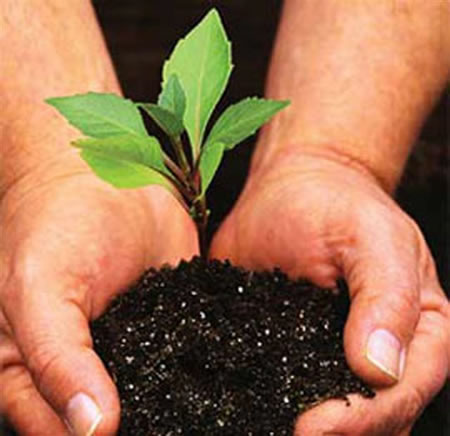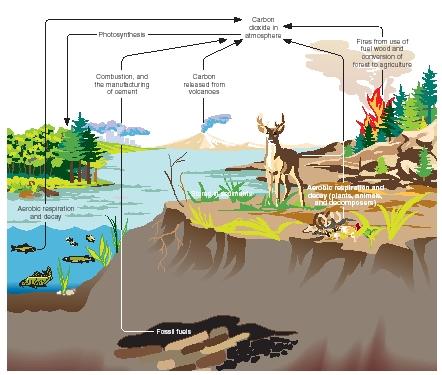Vocabulary # 2
Reproduce: To form offspring similar to the parents.
Development: All the changes that occur as a living thing grows.
Consumer: Living things that eat, or consume, other living things
Producer: Living things that make, or produce, their own food.
Cellular respiration: The process by which food is broken down and energy is released.
Cell: the basic unit of all living things
Adaptation: A trait that can make living thing better able to survive.
Cell membrane: The cell part that gives the cell shape and holds the cytoplasm.
Nucleus: The cell part that controls most of the cells activities.
Nuclear membrane: a structure that surrounds the nucleus and separates it from the rest of the cell.
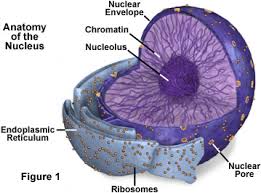
Nucleolus: the cell part that helps makes ribosome.

Chromosomes: cell parts with information that determines what traits a living thing will have.
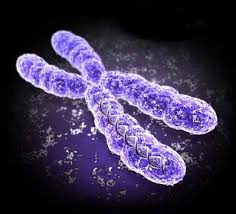
Cytoplasm: the clear, jellylike material between the cell membrane and the nucleus that makes up most of the cell.

Ribosome: cell parts where proteins are made.
Mitochondria: cell parts that produce energy from food that has been digested.

Vacuole: a liquid-filled space that stores food, water, and minerals.
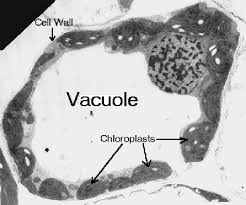
Centrioles: cell parts that help with cell reproduction.
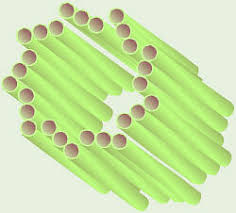
Chloroplast: cell parts that contains the green pigment, chlorophyll.
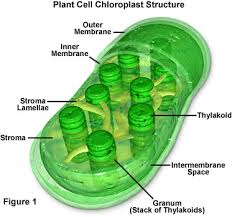
Cell wall: the thick, outer covering outside the cell membrane.
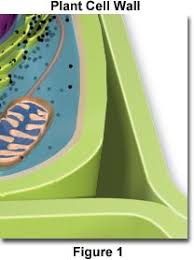
Diffusion: The movement of a substance from when there is a large amount of it to where there is a small amount of it.
Osmosis: the movement of water across the cell membrane.
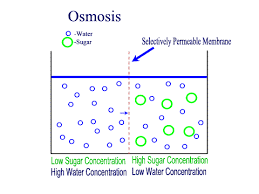
Tissue: A group of similar cells that work together to carry out a special job.
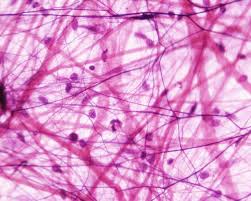
Organ: a group of tissue that work together to do a job.
Organ system: a group of organs that work together to do a certain of job.
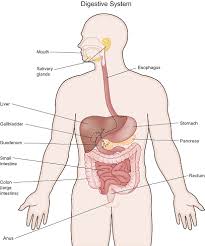
Organism: A living things.

.





